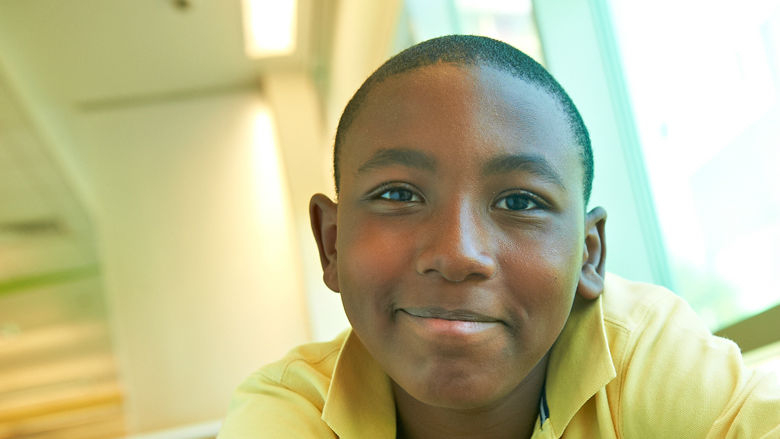Vocal Cord Paralysis
What is vocal cord paralysis?
Vocal cord paralysis (also referred to as “vocal fold” paralysis by doctors) is a condition in which the vocal cords cannot move on one side (unilateral) or both sides (bilateral). This usually happens when the nerve impulses to the vocal cords are interrupted.
Vocal cord paralysis often causes one vocal cord to be unable to reach the other. When this happens, there is a gap between the vocal cords (glottic gap), which can impact your child’s ability to speak and even to breath.
Why Choose Us?
The Center for Pediatric Airway Disorders is staffed by internationally recognized leaders in the diagnosis and treatment of airway disorders in children. Our team of experts provide highly specialized care for children with a wide variety of airway disorders.
Testing and diagnosis for vocal cord paralysis
The diagnosis of vocal cord paralysis is usually made by laryngoscopy or stroboscopy, tests that examine the voice box.
- Laryngoscopy: A doctor will gently place a spaghetti-like camera in your child’s nose and down the throat. This allows our team to look at your child’s voice box, or larynx.
- Stroboscopy: A small, thin, flexible endoscope with a camera is gently inserted through the nose to the area in the back of the throat above the vocal cords. The study evaluates the motion of your child’s vocal cords when there are concerns regarding the strength, pitch and quality of his voice.
Most of the time, these exams can be done while your child is awake and in an office setting.
A laryngeal electromyography (EMG) may also be needed to evaluate the condition of the muscle of the vocal cords. An EMG can also help your child’s doctors see if there is a healthy nerve signal to the vocal cords or if there is chronic loss of signal (denervation).
Magnetic resonance imaging (MRI) of the brain, neck and chest may also be recommended if the cause of the vocal cord paralysis is not known.
Treatment for vocal cord paralysis
In most circumstances, children may need no immediate treatment if they are diagnosed with one-sided vocal cord paralysis.
Some children may have improvement in their vocal cord movement over time, and some have improvement in the voice from compensation of the opposite vocal cord, where the vocal cords are able to contact one another. This improves the voice and swallowing and in most cases no further treatment is needed.
When there is no adequate compensation between the two vocal cords, surgical intervention may be needed.
If your child is experiencing a weak, breathy or hoarse voice from unilateral vocal cord paralysis, we can perform procedures to make your child’s voice louder. Our surgeons use two treatment approaches for single-sided paralysis:
- Injecting a filler material into the affected vocal cord (injection laryngoplasty)
- Restoring function to the nerve for the vocal cord with the recurrent laryngeal nerve (ANSA-RLN) reinnervation procedure
Alternative approaches may be needed if your child is aspirating fluid into the lungs. Our speech pathologist will ensure that your child is safe from a feeding standpoint, and may recommend one of the following approaches if there is aspiration:
- For babies younger than 1 year, we recommend dietary modifications (such as thickening foods) or placing a nasogastric tube (NG tube) to help your baby feed and grow.
- For children closer to 3 years of age, the reinnervation procedure and injection laryngoplasty can be used for managing aspiration if the issue has not resolved. We are still developing practice suggestions for how young children can safely undergo these surgeries.

